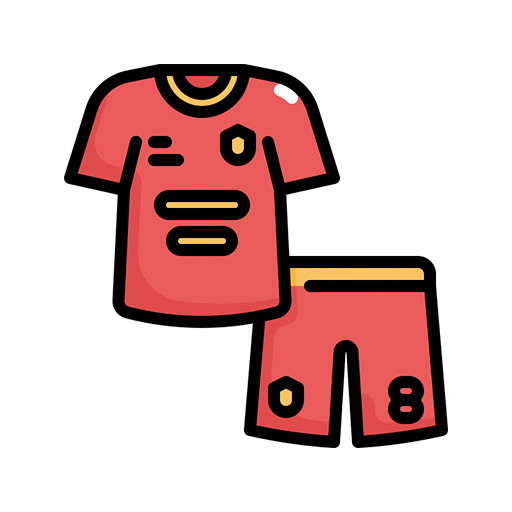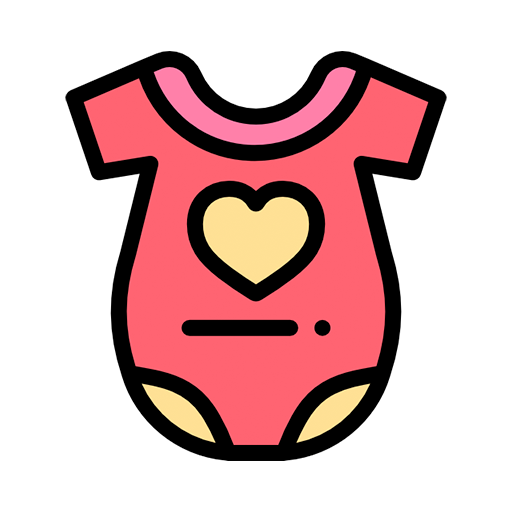
Why are soccer jerseys so expensive
Share
In the history of football, Leeds United Football Club has been a pioneer in terms of jerseys. In 1973, Leeds United became the first club in the world to sell its own jerseys. At that time, a Leeds United jersey only cost $7.
Now, 45 years later, the price of a Leeds United jersey is more than ten times that of its original price. Even taking inflation into account, the price of jerseys has soared too fast, making them increasingly unaffordable for fans. What are the reasons behind this escalating price?
High Design Costs
The design of each football shirt is not finalized casually; it goes through multiple rounds of review to determine the final draft. Moreover, the design of World Cup jerseys each year carries significant requirements in terms of style, as they need to represent the image and demeanor of the country! Thus, the cost of design cannot be overlooked.
Expensive Fabrics
Selecting high-quality fabrics is a crucial factor in determining the comfort of a garment. The key to determining the quality of fabrics lies in dyes. Many inferior fabrics on the market are dyed with coloring agents, leading to severe fading and unpleasant odors. In contrast, premium fabrics typically employ reactive printing technology, ensuring vibrant and long-lasting colors, as well as excellent breathability, moisture absorption, softness, and elasticity.
Complicated Production Processes
While a regular T-shirt might require only simple stitching, a formal football shirt demands more intricate work. Considering the friction between clothing and the body during movement, pressure-sensitive adhesives (the visible lines on the jersey) are applied during sewing to prevent fraying or skipping threads. Given the intense wear and tear these jerseys undergo, they typically need to be replaced every year or so.
Increasing Number of Jersey Sets
The number of jersey sets has also grown. Initially, a team had only one jersey (home jersey), followed by a second jersey (away jersey), and eventually, a third jersey. Initially, the third jersey was only used in specific situations, such as avoiding confusion between opposing teams or preventing the away team from wearing the same color as the home team.
However, this golden rule no longer applies. Clubs are increasingly utilizing this option, particularly big teams, which now have not just home and away jerseys but also a third jersey, often to generate more revenue from fans.
Apart from the third jersey, clubs occasionally release commemorative jerseys. Recently, Manchester United launched a blue jersey to commemorate their first European Cup victory in the 1967-1968 season, when they wore blue shirts against Benfica in the final. However, this commemorative jersey priced at $145 did not resonate well with fans.
Rising Sponsorship Fees
In the past, sponsors funded everything related to clubs, from stadiums to socks, without expecting immediate returns. They focused on abstract concepts like "brand value," "exposure," and "fan loyalty." Today, sponsors not only seek brand exposure but also economic returns.
For example, Adidas signed a ten-year sponsorship deal with Manchester United worth $1 billion. By paying this upfront, Adidas gained the right to produce and sell Manchester United jerseys. With such a high sponsorship fee, Adidas aims to recoup its investment, driving up jersey prices.
Continuous Growth in Jersey Sales
Initially, jerseys were exclusively worn by players. However, as materials and quality improved, and societal norms evolved, jerseys became essential apparel for fans, worn not just in stadiums but also during sports and casual occasions. With both genders embracing them, robust market demand fuels price increases.




